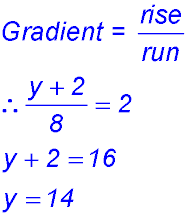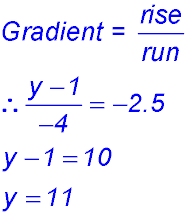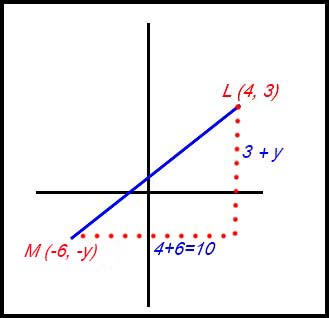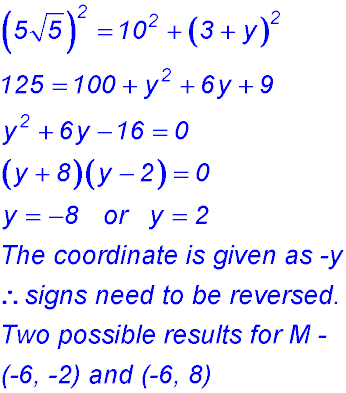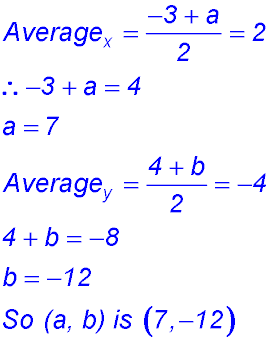Where the techniques of Maths
are explained in simple terms.
Functions - Linear models - gradient, distance and midpoint.
Test Yourself 1 - Solutions.
- Algebra & Number
- Calculus
- Financial Maths
- Functions & Quadratics
- Geometry
- Measurement
- Networks & Graphs
- Probability & Statistics
- Trigonometry
- Maths & beyond
- Index
| Given diagrams. |
1.
|
2.
|
|
| Drawing your own diagram. | 3.
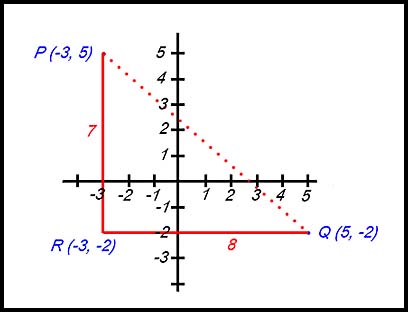
|
4. The points are M (-5, -8) and N (10, 16).
|
|
| 5.
The points are A (-2, 1) and B (3, 1).
|
|
| 6. The points are A (-1, 3) and B (-1, -2).
|
|
| Miscellaneous. | 7. First draw the points approximately and indicate the vertical and horizontal distances just as for the previous questions.
|
8. First draw the points approximately and indicate the vertical and horizontal distances just as for the previous questions.
|
|
9.
A check shows both sets give the required distance. |
|
10. Midpoints are calculated by finding the average of the x values and then the average of the y values.
|
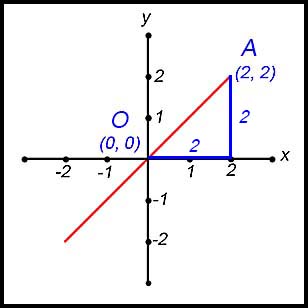




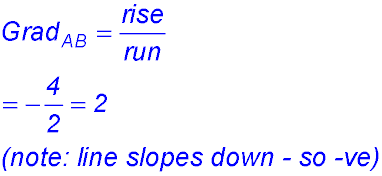

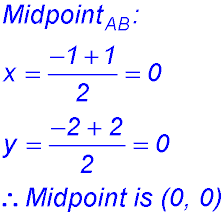
 .
. .
. .
.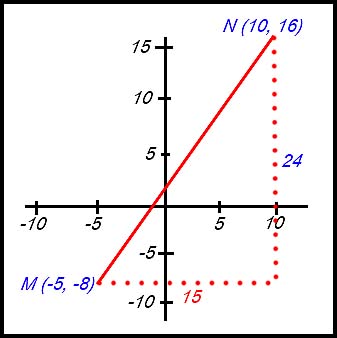


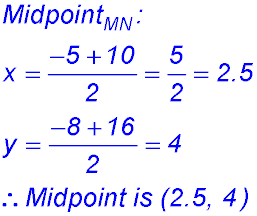
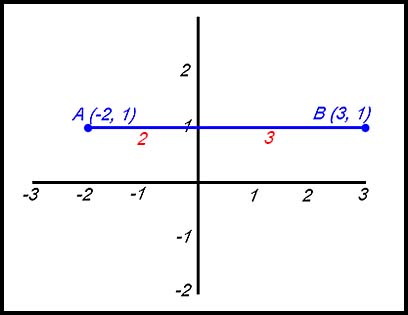
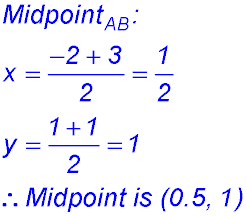 .
.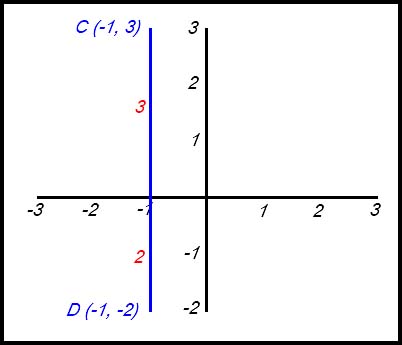
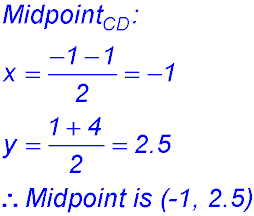 .
.
